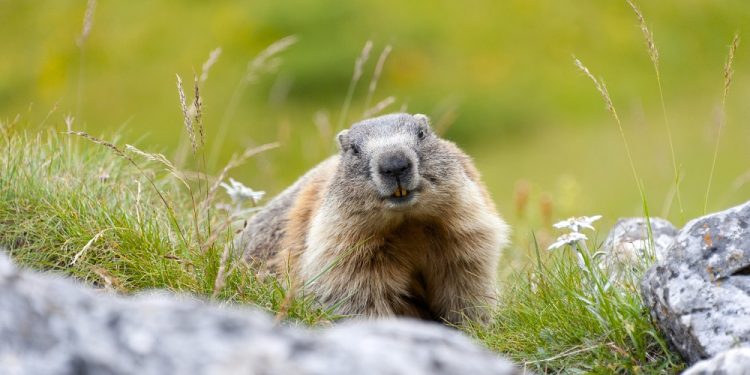
Groundhog Day
Groundhog Day is celebrated in the United States and Canada on February 2nd each year. It is a day of wonder and curiosity for many people, based on the activities of a groundhog emerging from its winter slumber to check for its shadow.
In the United States, the most notable groundhog is Punxsutawney Phil, who resides in a burrow called Gobbler’s Knob near Punxsutawney, Pennsylvania. In Canada, an albino groundhog named Wiarton Willie annually emerges from his hole to predict the future weather forecast.
History
In times past, Europeans held a celebration called Candlemas Day on February 2nd each year. Candlemas Day was originally a Christian celebration to observe Jesus’ first appearance in the temple and the purification of the Blessed Mary, the mother of Jesus. On this day, people would bring their candles to be blessed outside the church.
The people would then carry the candles in a procession to the church to symbolize Jesus’ appearance in the temple. During these early times, people believed that if Candlemas Day was sunny, then winter would last for six more weeks, and if Candlemas Day was cloudy or overcast, winter would soon be over.
Eventually, the German people also began observing hedgehogs to predict the coming of spring. If the hedgehog saw its shadow, then there would be six more weeks of winter, and if the hedgehog did not see its shadow, it would remain outside, signifying an early spring. In addition, the bear and badger were other animals observed during this time.
When Germans began to immigrate to the United States, they continued to celebrate Candlemas Day on February 2nd but encountered a problem. As many Germans settled in Pennsylvania, hedgehogs were not abundant in this state. However, groundhogs were plentiful. The German settlers chose to use the groundhog in place of the hedgehog for predicting future weather.
The first recorded Groundhog Day was on February 2nd, 1886, in Punxsutawney, Pennsylvania. A local newspaper, The Punxsutawney Spirit, is credited with printing the news of the first observance in 1886: “Today is groundhog day, and up to the time of going to press the beast has not seen his shadow.”
The groundhog used in the weather prediction celebration was named Punxsutawney Phil and resided near Punxsutawney in a knoll or burrow called Gobbler’s Knob. The first recorded annual pilgrimage to Gobbler’s Knob for Groundhog Day occurred on February 2nd, 1887. Punxsutawney Phil still resides at Gobbler’s Knob.
Groundhogs
Groundhogs are mammals and members of the squirrel family. They hibernate during the winter by lowering their body temperature to near freezing. This creates a coma-like existence where body functions (breathing, blood flow, etc.) are minimal. In the spring, groundhog babies are born in litters of approximately 4 to 8.
The babies live with their mothers for about two months and are then ready to face the world. The average length of a groundhog is about 20 inches, and the weight is around 15 pounds. The diet of a groundhog is vegetarian, consisting mainly of grasses, plants, and fruit.
Groundhog Club
The Groundhog Club began in the late 1800s. The Club’s Inner Circle is responsible for all activities of Groundhog Day and Punxsutawney Phil. These include events that occur before Groundhog Day, on Groundhog Day itself, and Groundhog Day events that occur throughout the year. The most important job of the Club’s Inner Circle is caring for Punxsutawney Phil every day of the year.
When is Groundhog Day?
Groundhog Day is not a floating holiday and always falls on February 2nd each year.








